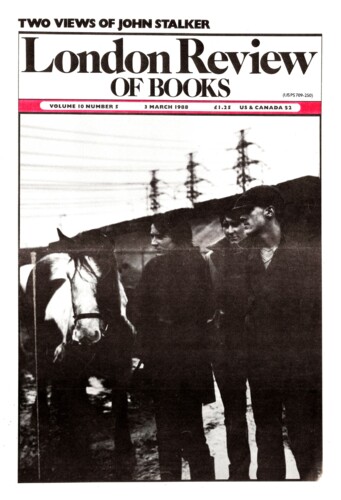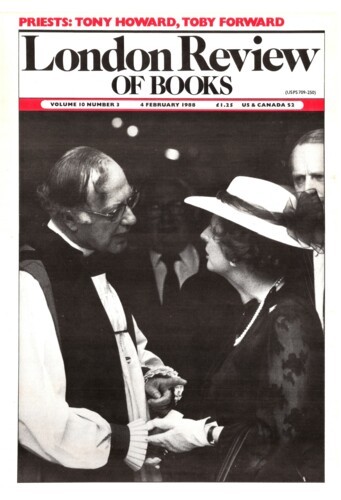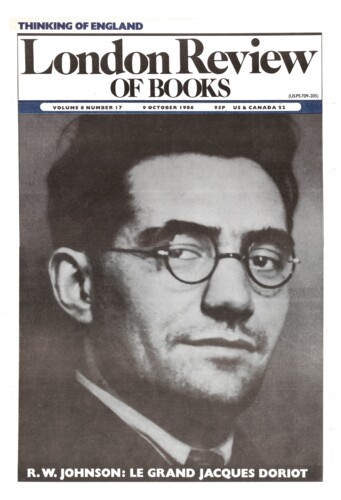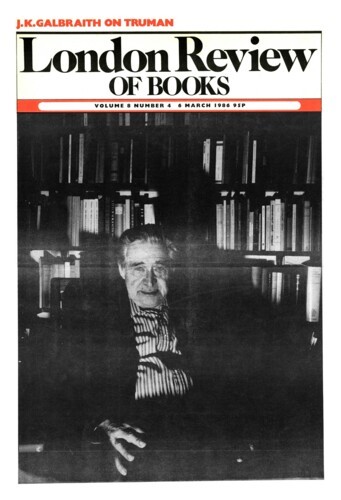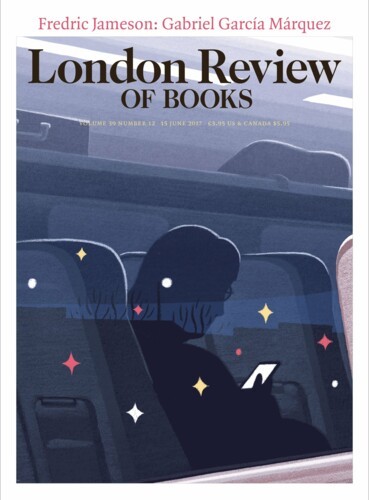Troubles
David Trotter, 23 June 1988
In an interview given in 1979, Seamus Heaney endorsed a fellow writer’s lament that ‘you feel bloody well guilty about writing.’ To judge by this new collection of critical essays, he still feels bloody well guilty about it. Indeed, the essays make the difficult relation between art and life – ‘let us put it more melodramatically and call them Song and Suffering’ – their main theme. They observe that Nero has sometimes fiddled while Rome burned and conclude, with many reservations, that he should continue to do so. Heaney wishes to dwell on, and perhaps to exorcise, his guilt about being a writer in a place and at a time of trouble. His readers will have to decide whether he has purged the feeling or exacerbated it. For there are moments now when he seems to feel guilty about not feeling guilty.’

